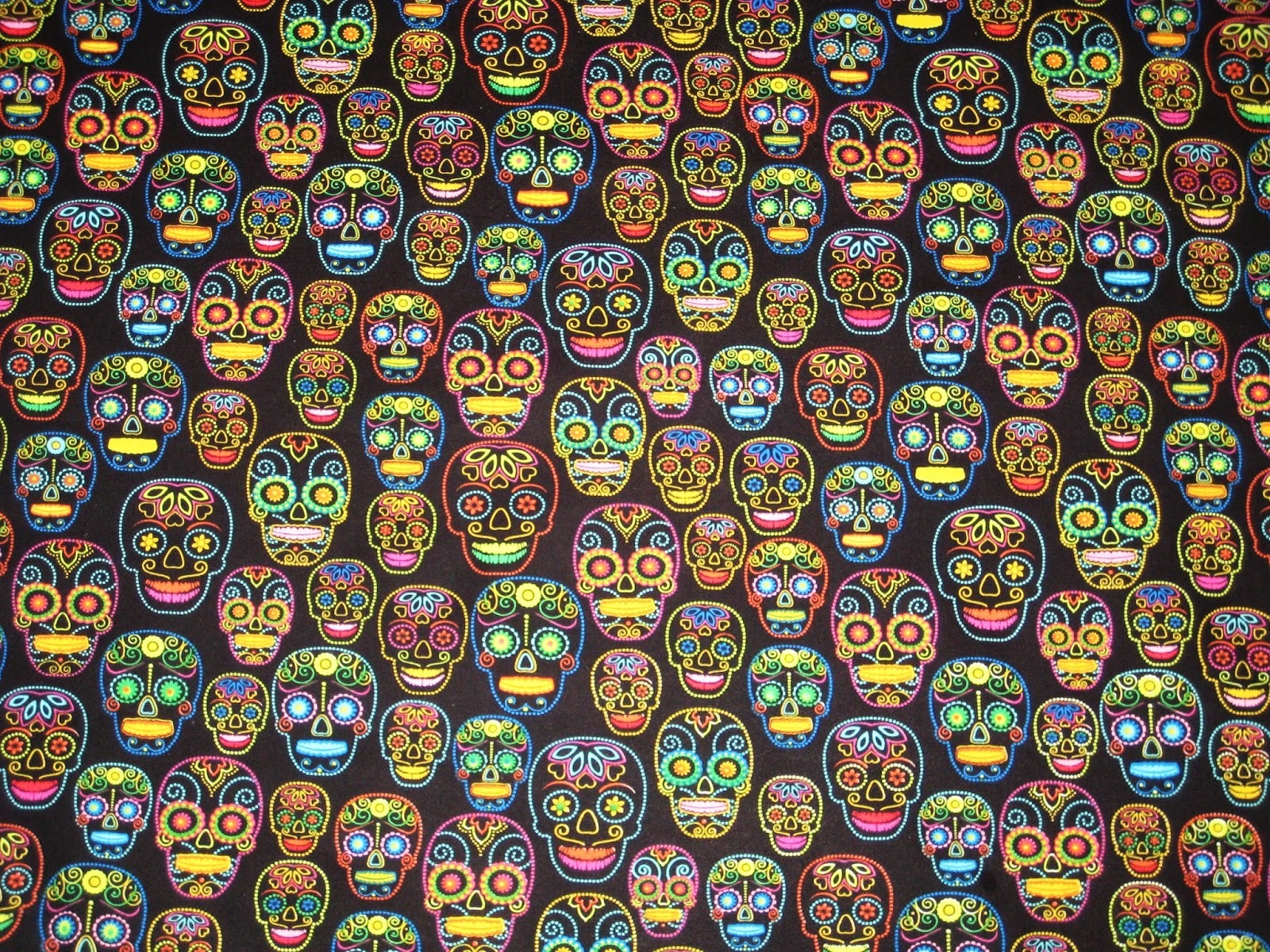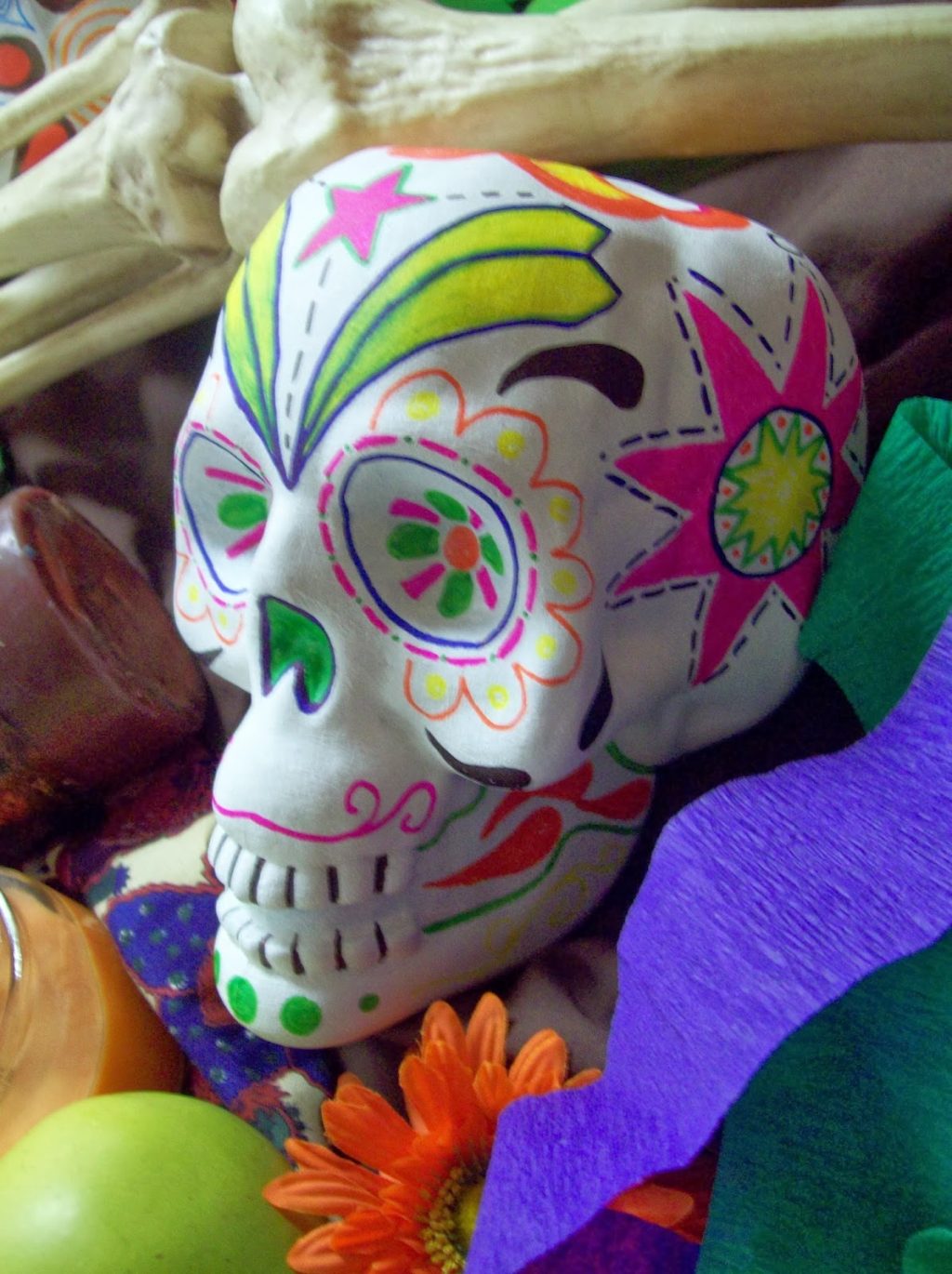The Day of the Dead, or Día de los Muertos, is a vibrant and deeply rooted tradition in Mexican culture that honors and remembers the deceased. Central to this celebration are the striking iconography of skulls, which serve as powerful symbols of life, continuity, and cultural heritage. These skulls, often depicted in colorful and ornate designs, play a significant role in the artistic and symbolic expressions of this unique holiday. In this article, we will explore the historical significance, artistic representations, and cultural symbolism of Day of the Dead skulls, shedding light on their enduring importance in Mexican traditions.
The Origins of Day of the Dead
The origins of the Day of the Dead can be traced back to pre-Columbian civilizations in Mesoamerica, particularly among the Aztecs. The Aztecs had a cyclical understanding of life and death, viewing death as a natural part of the life continuum rather than an end. They believed that the souls of the deceased returned to the world of the living during certain times of the year, creating a connection between the living and the dead. This belief system laid the foundation for the modern-day celebration of Día de los Muertos.
With the arrival of Spanish colonizers in the 16th century, indigenous traditions began to blend with Catholic practices. The Catholic Church sought to replace indigenous rituals with Christian observances, resulting in the syncretism we see today. The Day of the Dead is celebrated on November 1st and 2nd, coinciding with the Catholic Feast of All Saints and All Souls. This melding of traditions allowed for the continued celebration of ancestral connections while also aligning with the Christian calendar.
The Historical Significance of Skulls in Day of the Dead Art
Skulls, or calaveras, have become synonymous with the Day of the Dead, symbolizing the idea that death is not something to be feared but rather acknowledged and celebrated. The use of skulls in art and decorations serves as a reminder of the fragility of life, the inevitability of death, and the importance of remembering loved ones who have passed away.
In Mexican culture, skulls symbolize both death and the cycle of life. Rather than representing a morbid aspect of human existence, they embody a celebration of life and the memories of those who have departed. The imagery of skulls in Day of the Dead art is deeply rooted in the cultural belief that death is a part of life, and thus, should be embraced rather than feared.
Artistic Representations of Skulls
The representation of skulls in Day of the Dead art is a vivid expression of cultural identity, bridging traditional beliefs and contemporary interpretations. This section delves into the various artistic representations of skulls, focusing on the differences between traditional and contemporary art, the prominent artists who have shaped this form, and the materials and techniques that bring these works to life.
Traditional vs. Contemporary Skull Art
Traditional Day of the Dead skull art, known as “calaveras,” has its roots in Mexican pre-Columbian cultures, where death was not seen as an end but rather a continuation of life. The celebration itself has evolved, but traditional representations often feature whimsical and colorful designs, symbolizing a playful attitude towards death. These skulls are typically made from sugar, ceramics, or paper mache, and are adorned with intricate patterns and vibrant colors. The use of these materials not only emphasizes the celebratory nature of the holiday but also reflects the resourcefulness of Mexican artisans.
In contrast, contemporary skull art often incorporates modern techniques and styles, blending traditional motifs with influences from global art movements such as surrealism and pop art. Artists like José Guadalupe Posada, whose lithographs of calaveras became iconic in the early 20th century, laid the groundwork for future artists. Contemporary artists may experiment with different mediums, including digital art, sculpture, and installation art, thus expanding the scope of skull iconography. This shift reflects broader cultural dialogues, addressing themes such as mortality, identity, and societal issues.
Iconic Artists and Their Contributions
Throughout history, several artists have significantly influenced the portrayal of skulls in Day of the Dead art. One of the most notable figures is José Guadalupe Posada, whose calaveras became synonymous with the celebration. Posada’s work often depicted skulls in satirical contexts, critiquing social and political issues of his time. His illustrations of skeletons dressed in elegant attire and engaged in everyday activities highlighted the irony of life and death, establishing a unique visual language that resonates in contemporary art.
Another prominent artist is Diego Rivera, whose murals often included skulls as part of broader narratives that encompassed Mexican identity and history. Rivera’s use of skulls in his murals served to remind viewers of the cyclical nature of life and death, reinforcing the idea that death is an integral part of existence. His work combined traditional elements with modernist influences, making skull iconography a vital part of his artistic expression.
In contemporary times, artists like Mario “M.C.” Escher and David Alfaro Siqueiros have also made significant contributions to the evolution of skull art. Escher’s work, while not exclusively focused on skulls, includes intricate designs that explore themes of mortality and the human condition. Siqueiros, on the other hand, utilized skull imagery in his politically charged murals, emphasizing the struggles of the oppressed and the impact of death in societal contexts. Their diverse approaches to skull representation enrich the narrative of Day of the Dead art, highlighting its dynamic nature.
Common Materials and Techniques Used
The materials and techniques used in creating skull art for the Day of the Dead vary widely, reflecting both tradition and innovation. Traditionally, sugar skulls, or “calaveras de azúcar,” are perhaps the most recognizable form. Made from a mixture of sugar, meringue, and egg whites, these colorful creations often feature decorative icing and are used to honor deceased loved ones. The process of making sugar skulls involves molding the sugar mixture into skull shapes, allowing them to dry, and then decorating them with vibrant colors and personalized messages.
Another traditional medium is papel picado, or perforated paper, which is often used to create banners and decorations. The intricate designs cut into the papel picado often incorporate skull motifs, adding a festive atmosphere to altars and celebrations. The technique requires precision and skill, as artists carefully cut out designs with tools to create delicate patterns that flutter in the wind.
In contemporary art, the use of mixed media has become increasingly popular. Artists may combine traditional materials with modern elements, such as acrylic paints, digital prints, and even found objects. This fusion allows for greater creativity and expression, resulting in works that challenge traditional narratives and engage with contemporary social issues. For instance, the use of recycled materials in sculpture can address themes of sustainability and waste, adding layers of meaning to the artwork.
Additionally, digital art has emerged as a significant medium for contemporary artists exploring skull iconography. The ability to manipulate images digitally allows for endless possibilities in design and representation. Artists can create animated skulls, interactive installations, and even augmented reality experiences, bridging the gap between tradition and modernity.
Conclusion
The Day of the Dead is a vibrant and culturally rich celebration that honors the deceased through the use of striking iconography, including the powerful symbol of skulls. These skulls, whether traditional or contemporary, serve as reminders of the cyclical nature of life and death, and the importance of remembering loved ones who have passed away. Through the interplay of traditional and contemporary styles, artists continue to reinterpret skull imagery, ensuring that it remains relevant in contemporary discourse.
As we reflect on the historical significance, artistic representations, and cultural symbolism of Day of the Dead skulls, we gain a deeper appreciation for the rich tapestry of beliefs and practices that shape this unique celebration. The enduring legacy of these skulls in Mexican culture highlights the importance of memory, family, and the celebration of life.
Meta Title: Day of the Dead Skulls: Symbolism & History
Meta Description: Explore the symbolism and history behind Day of the Dead skulls, their cultural significance, and artistic representations in Mexican traditions.
Author Section
Author: [Nama Lengkap]
Title/Role: [Jabatan atau keahlian]
Credentials: [Ringkasan kualifikasi atau pengalaman terkait]
Profile Link: [Link profil, opsional]
Trust & Credibility
– Source 1: National Geographic – Understanding Día de los Muertos
– Source 2: Smithsonian Magazine – The Meaning of Día de los Muertos
– Source 3: UNESCO – Intangible Cultural Heritage of Humanity
Call to Action
Stay updated with the latest news and cultural insights by following our blog. Explore today’s headlines and discover more about the rich traditions of the Day of the Dead.
URL Slug
day-of-the-dead-skulls-symbolism-history
Image Optimization
–
– 
–
– 
–
Schema Markup
{
"@context": "https://schema.org",
"@type": "Article",
"headline": "The Symbolism and History Behind Day of the Dead Skulls",
"description": "Explore the symbolism and history behind Day of the Dead skulls, their cultural significance, and artistic representations in Mexican traditions.",
"author": {
"@type": "Person",
"name": "[Nama Lengkap]"
},
"publisher": {
"@type": "Organization",
"name": "[Nama Situs]",
"logo": {
"@type": "ImageObject",
"url": "[Logo URL]"
}
},
"datePublished": "2025-04-05"
}
Featured Snippet Optimization
The Day of the Dead, or Día de los Muertos, is a vibrant and deeply rooted tradition in Mexican culture that honors and remembers the deceased. Central to this celebration are the striking iconography of skulls, which serve as powerful symbols of life, continuity, and cultural heritage. These skulls, often depicted in colorful and ornate designs, play a significant role in the artistic and symbolic expressions of this unique holiday.











More Stories
US Trending News: The History and Legacy of Zoo York in Streetwear Culture
What Is Yodo Para Tiroides and How Does It Affect Thyroid Health?
Understanding ‘You Got That Right’ in The New York Times: Context and Implications